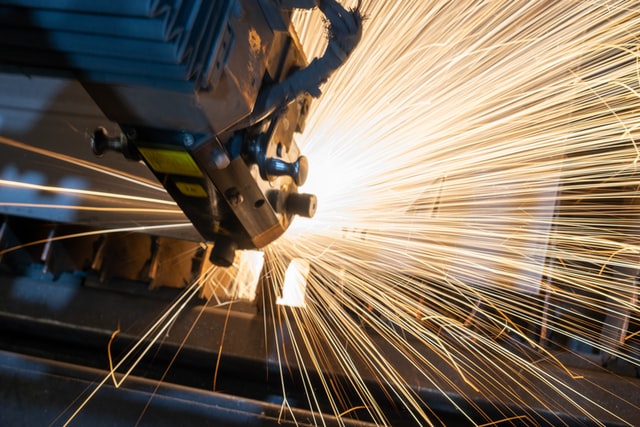We are rapidly approaching the two-year anniversary of the COVID-19 pandemic’s arrival on American shores, though to many it feels like it’s been a lot longer—thanks to a plot that keeps repeating itself. Americans trapped at home continue to purchase like never before, overloading an already struggling logistics infrastructure. So what should manufacturers expect in the coming year? Just like COVID, the central themes of prior years are not going away. These are the manufacturing trends we’re watching as we head into the new year.
High Demand, High Barriers
While preliminary signs suggest that supply chain issues may be easing in the United States, the issue has proven quite severe, so don’t expect full relief any time soon. The sales manufacturers couldn’t complete last year may still be difficult this year—and may even go away. However, the M&A market continues to be flush with high demand. Pricing power remains high, too, thanks to high demand for supplies and services.
A Rebounding Market
The aerospace sector is still struggling, but everywhere else industrial businesses are approaching or even exceeding pre-pandemic sales levels. Forecasts suggest that manufacturing will experience more than just the typical recovery. The pressure of COVID has forced many companies to re-evaluate their operations, encouraging them to partner with factories closer to home. Consequently, there have been a number of blockbuster North American factory announcements in the electric vehicle and semiconductor markets. Other markets may soon see similar changes. The spending is spreading, and this will probably continue.
Emerging Trends
Some other trends we’re seeing include:
- The need for more capacity to keep up with companies’ projected growth. This may lead to an increase in capital spending.
- A push toward carbon neutrality. Going green isn’t cheap, but it can confer numerous benefits to companies that can afford it.
- A tight labor market. Wages are rising, and it’s increasingly difficult to fill roles. We may see both more automation and increased labor costs.
- The effects of inflation. Manufacturers tend to outperform other sectors during times of high inflation.
- Choosier investors. Investors are keenly aware of the effects of the COVID-19 pandemic, and will be assessing how a company adapted during the pandemic, as well as how the crisis affects a company’s long-term outlook.
As always, one factor remains consistent. Companies with consistent high earnings, well-run operations, and a coherent, profitable plan for the future stand to thrive in the coming years, positioning them well for lucrative M&A deals.


Recent Comments